As outdoor list-ticking hobbies go, it’s fairly prosaic. Not for me a recognisable pastime: no notebook and anorak on a railway siding (trainspotter); no binoculars welded to eyes in a small hut on an RSPB reserve (twitcher); no energy-bar-fuelled scrambles up the highest peaks in the country (peak bagger). I admit, I do have a minor passion for trig points, but it's yet to develop into a full-blown trespassing, spreadsheet-wielding obsession.
| Instead, I’ve limited myself to the confines of OS Explorer map 124 and anything printed on it in dark green - footpaths, bridleways, long distance routes and byways. I trace out the routes of walks taken in yellow highlighter, so that my map now resembles a fluorescent spiderweb with threads stretching from Winchelsea to Burwash Common and Pevensey. This peculiar pastime explains why, one fine November day, my partner and I end up traipsing around nowhere in particular in the mud near Catsfield. Autumn mornings that dawn this bright, this blue, cry out for a change of plans. “Go somewhere with a brilliant view,” they sing. “Climb the South Downs, drive up to Brightling, do that walk you love around Icklesham!” Unfortunately, serious list-ticking requires the dedication to sometimes forgo the simpler pleasures of life. Today, Catsfield rights of way numbers 11a, 11b, 12a, 17a, 17b, 21a, 21b, 22, 23 and 25 must take priority. Before we start, I get chatting to Janet Moore, a Beautiful Battle volunteer who is weeding the garden in front of Pilgrims Rest. Janet has volunteered here “every Thursday, whatever the weather” for years and she tells me that this June she saw hummingbird hawk moths visiting the lavender bushes. I’m tempted to keep talking, but those Catsfield paths call me on, in a manner totally unlike that in which the warmer climes of Africa call migratory moths at the end of summer. We negotiate a few obstacles - a quagmire at the back of Battle Abbey and hair-raising sprint across Powdermill Lane between speeding cars - then hit our stride. The private road to Peppering Eye Farm is a delight, with glimpses of animals through the hedge, a faded old “children playing” road sign and a cosy community of repurposed buildings nestled around an oast house. We spot a few squirrels, cross the rushing water of Powdermill Stream and gaze along a wooded valley, where a pale puff of chimney smoke mirrors the clouds on the horizon. Climbing out of previously-highlighted territory and onto a ridge road, we get a view of the South Downs in the distance. The view doesn’t last. We sink into the rain-softened earth, down the hillside to the pretty hamlet of Watermill. We admire Orchard Cottage, which is for sale to someone with deeper pockets than our own. The footpath runs away alongside an oft-repaired wall, displaying materials from brick to flint, in a varying styles and degrees of neatness. Feeling arty, I snap a photo. We decide that Watermill, on Watermill Lane, is named after a long-gone watermill. Perhaps with our extraordinary powers of insight we should have predicted the ground here would take a turn from muddy to positively riparian. We ford what feels like a small river, and my mood clouds over with the sky. It starts spitting. I descend into soggy socks and a glumness that persists as we squelch through damp fields and get ourselves stuck in some brambles. But then the vast greyness of the Ninfield power substation looms up before us. Although pylons march across the hills to this point from at least three directions, I somehow never realised it existed. The sheer unexpectedness of it jolts me out of my mood. I peer down at a tiny person in work gear scurrying between the massive pillars, then crane my neck back to view the strings of huge glass insulator beads festooning a nearby tower. My partner and I try to imagine a film or TV programme to suit the setting: sci-fi, probably, of a the classic Doctor Who variety, with a few alien villians wonderfully cobbled together from primary school art supplies. The rain stops. In my newly cheerful state, even the concrete wall around the perimeter seems interesting, dappled with moss and shadows, with zebra stripes where rain has run down the fence spikes above. In the interest of fairness, I photograph this wall, too. Stepping into a hushed wood, autumn leaves drift down around us. The trees are already half-bare, a sure sign that winter will soon be setting in. With the coming season in mind, it feels appropriate that the path then leads us through the middle of Catsfield Christmas Tree Farm. We amuse ourselves by pointing out our favourite specimens - mostly the wonky ones that look nothing like the classic, conical tree. The final few collectable paths are marked by an epic variety and quantity of fungi. I attempt to memorise the mushrooms for future identification, when I have a book and the internet to hand. I also fail to take any photographs, and my memory can later only provide me with snippets like, “Delicate and white,” or, “Looked a bit like a chestnut,” or, “Growing in a big pile of poo.” We find a bench on Skinners Lane on the way into Catsfield and soak up a warm patch of afternoon sun while sipping tea from our thermos. We are surrounded by even more toadstools. At last, there’s one I can identify for sure - the fairytale red and white fly agaric. Our home stretch along the 1066 Country Walk is already familiar and well-highlighted on my map, so we forge ahead. I’m so intent on getting out of my damp socks that I almost miss it: there, just for a second, a bright orange fox flashes through the dappled sunlight, highlighting her own swift path between the trees. |
| If you'd like to do this walk yourself, please feel free to download this GPX file, created using the Walk Highlands route planner. |
| ||
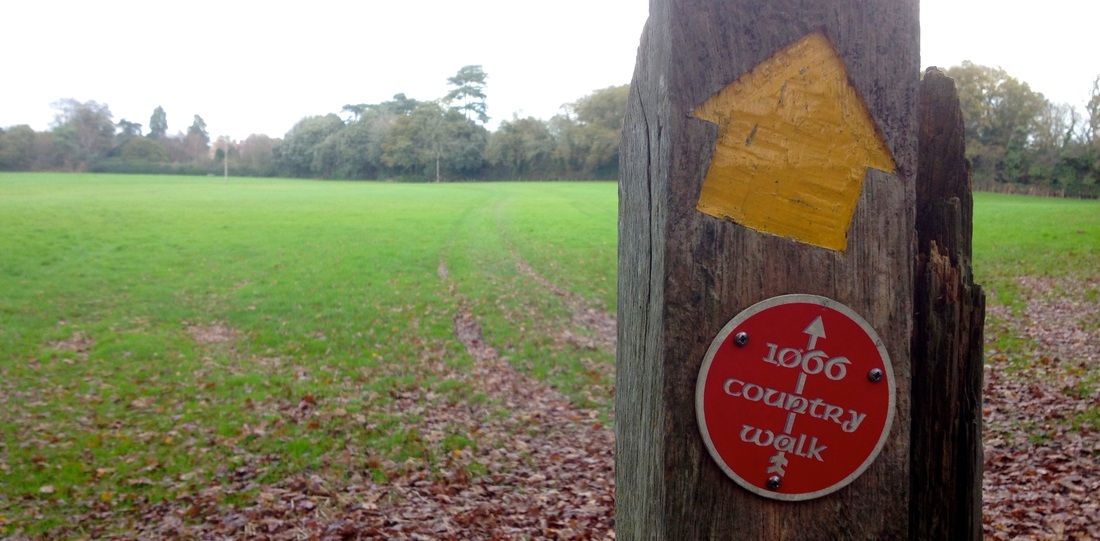
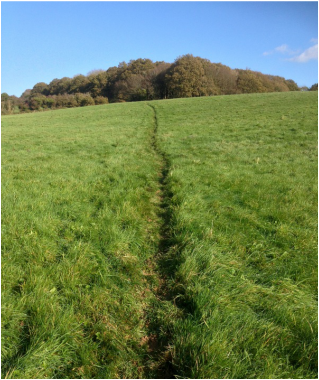
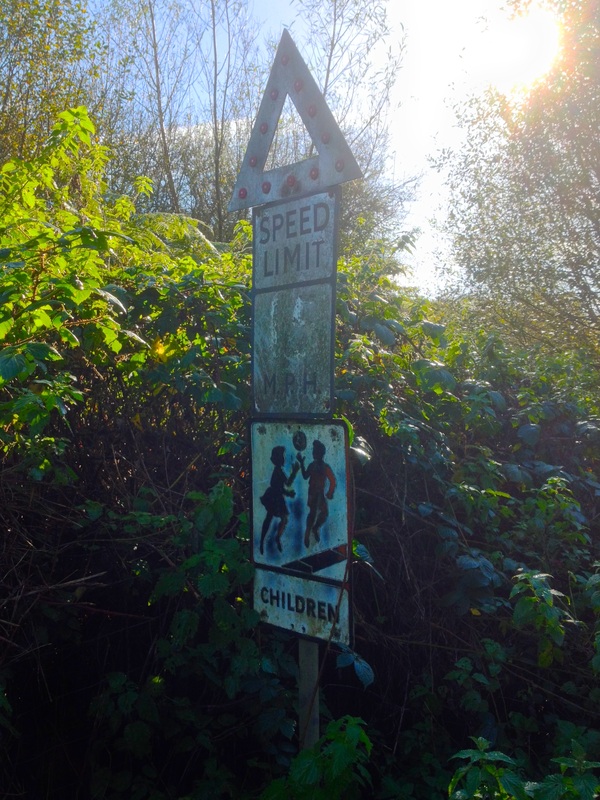

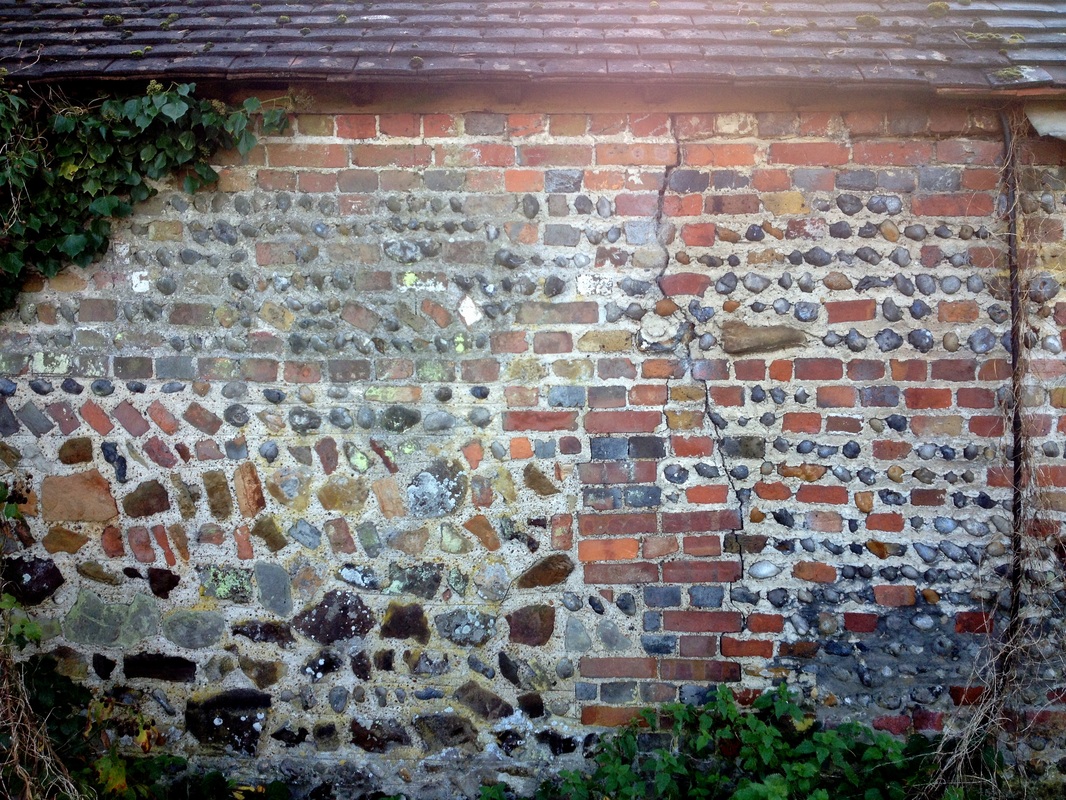
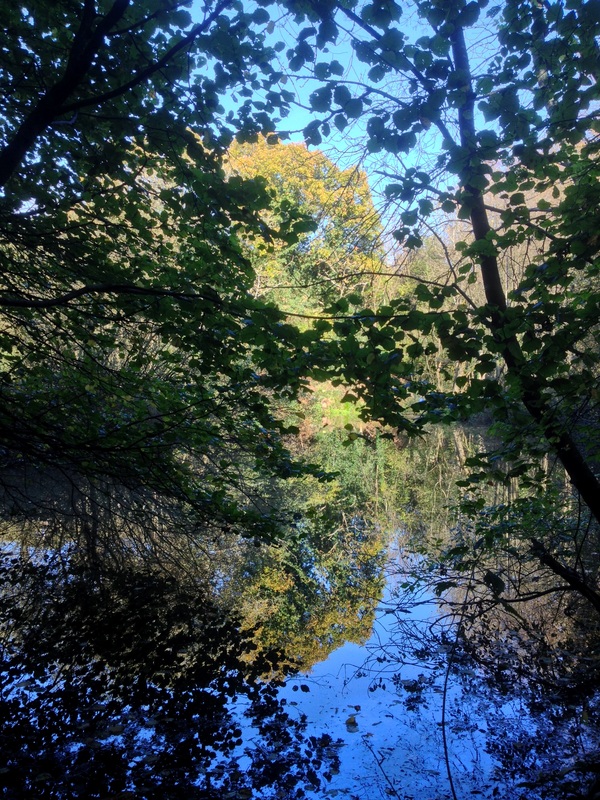
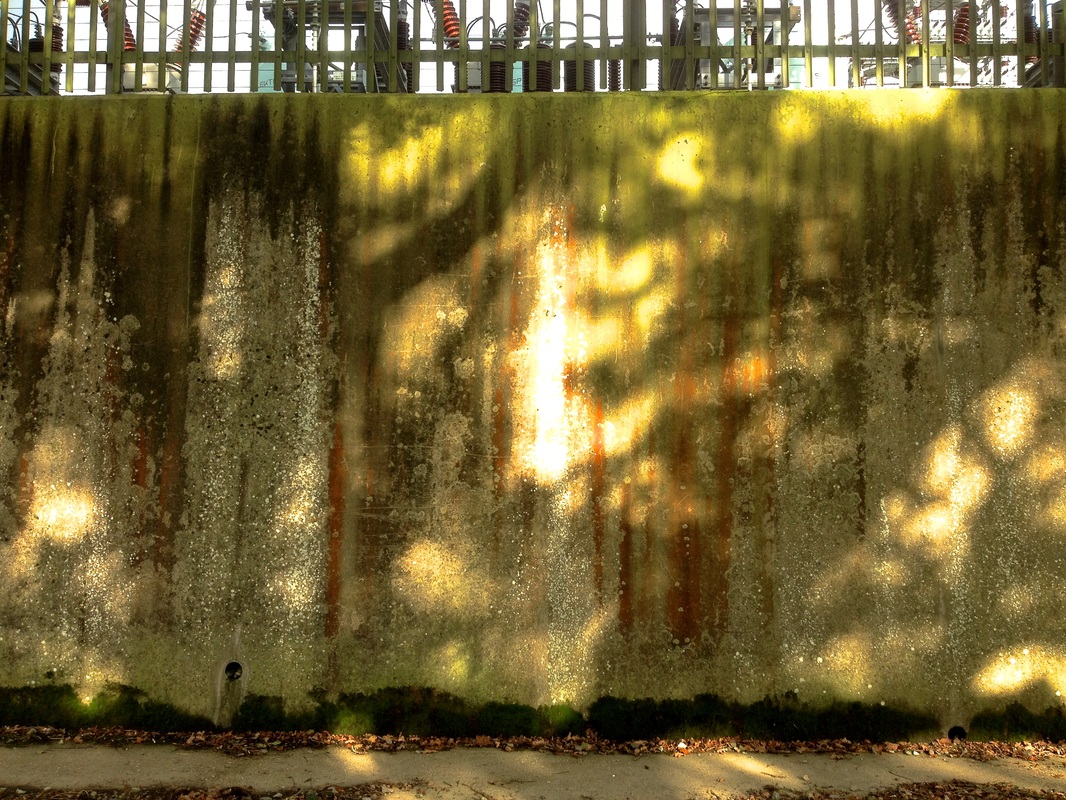
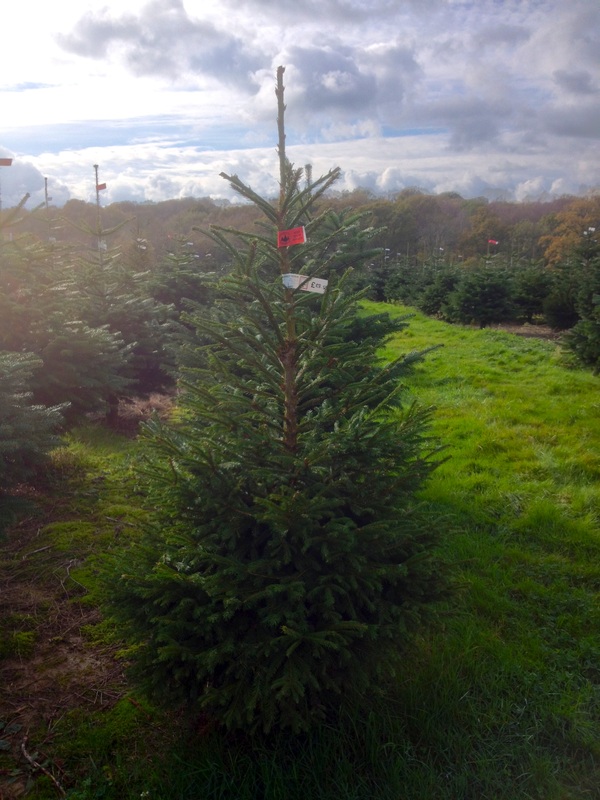
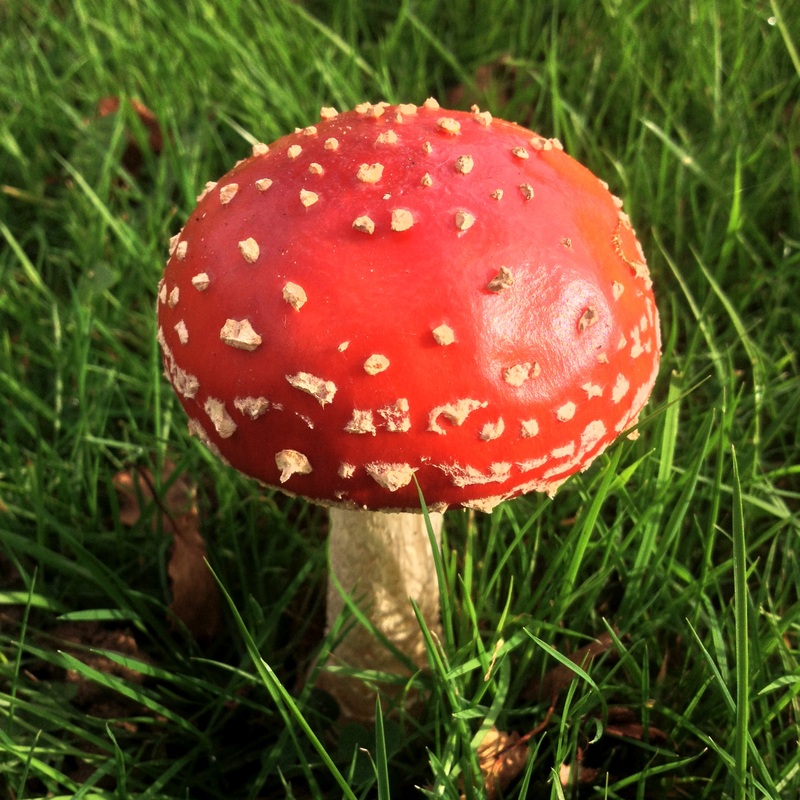
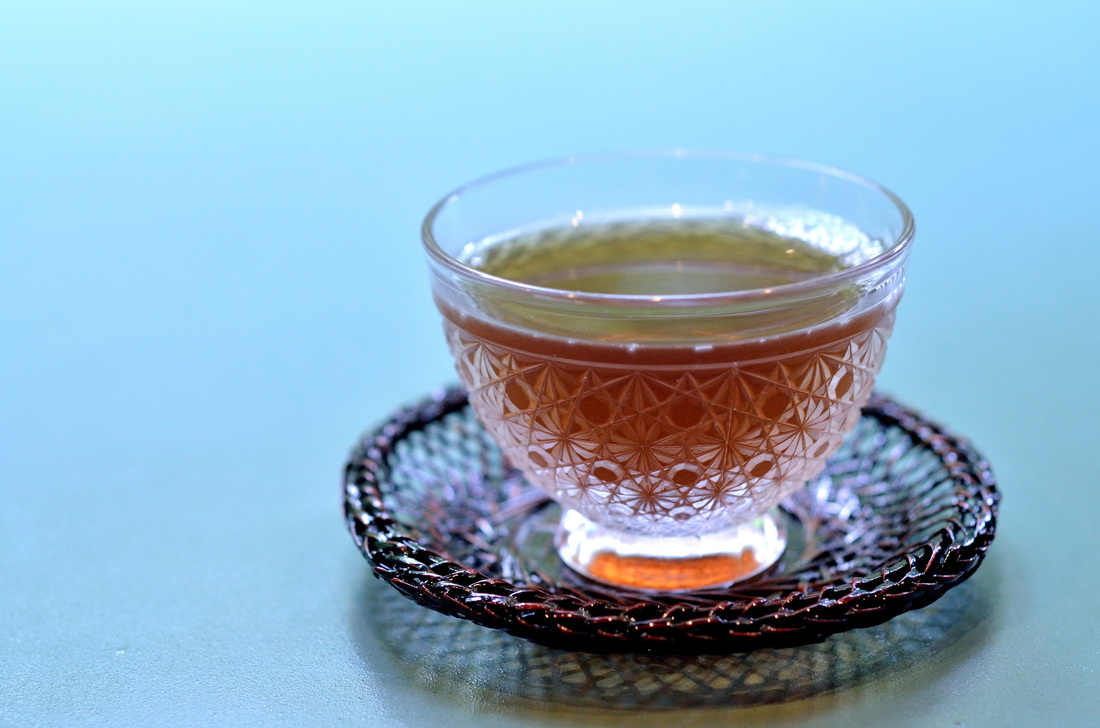
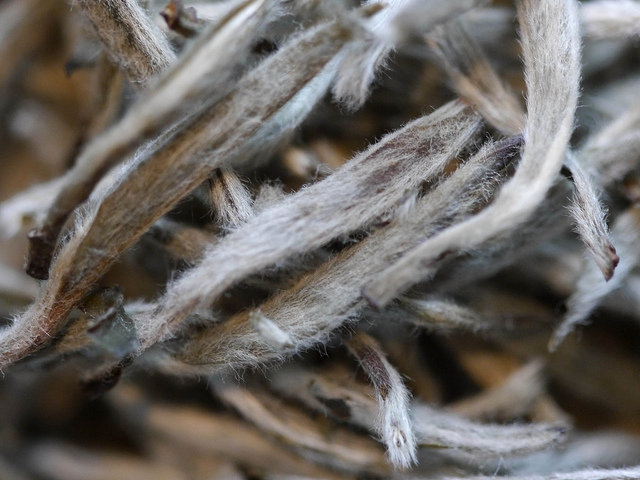
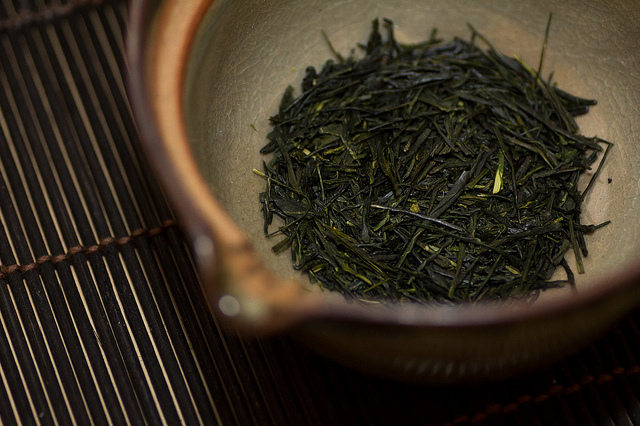
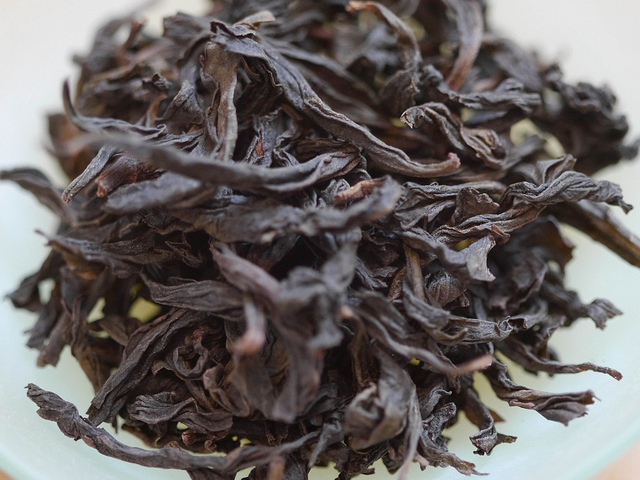
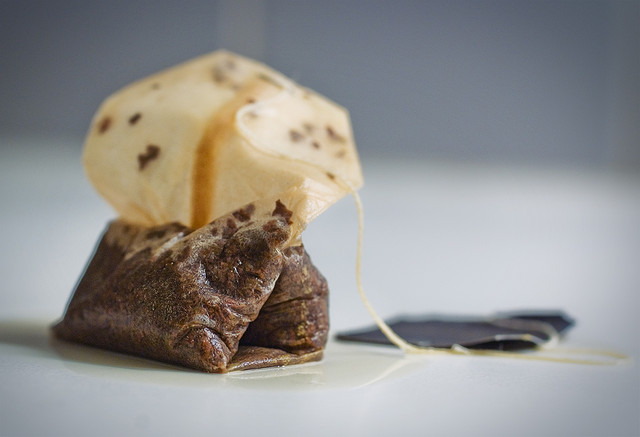
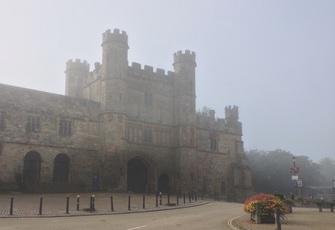

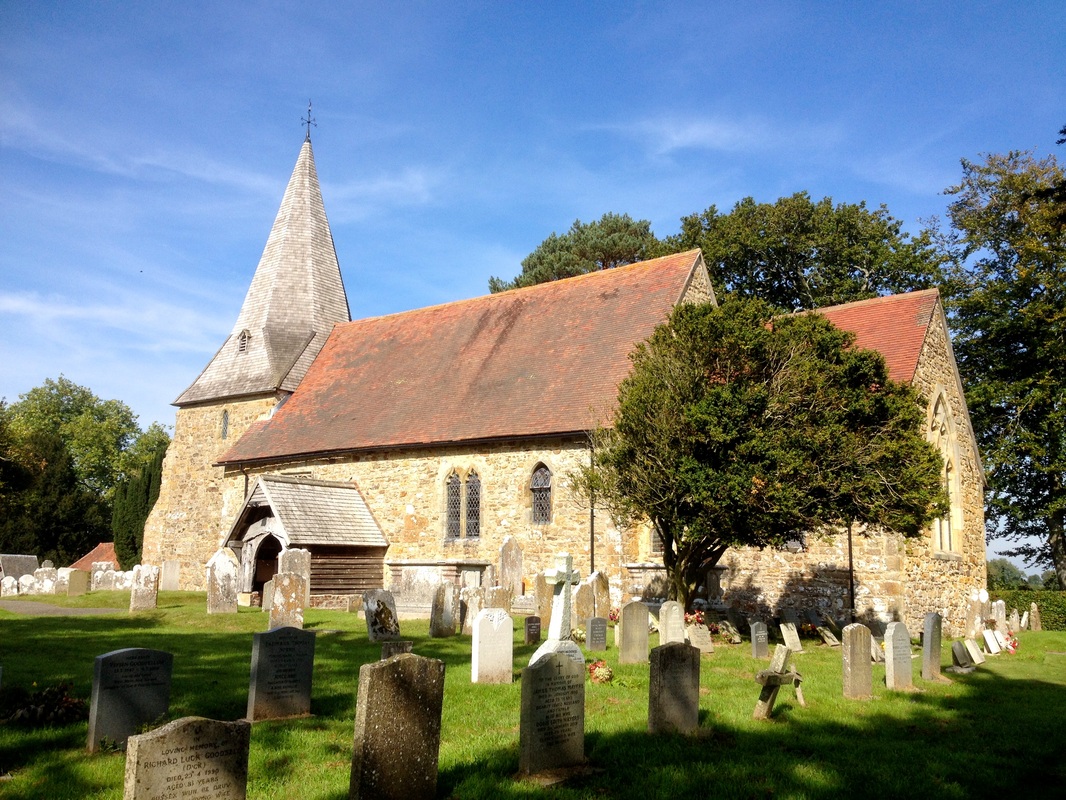
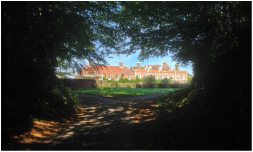
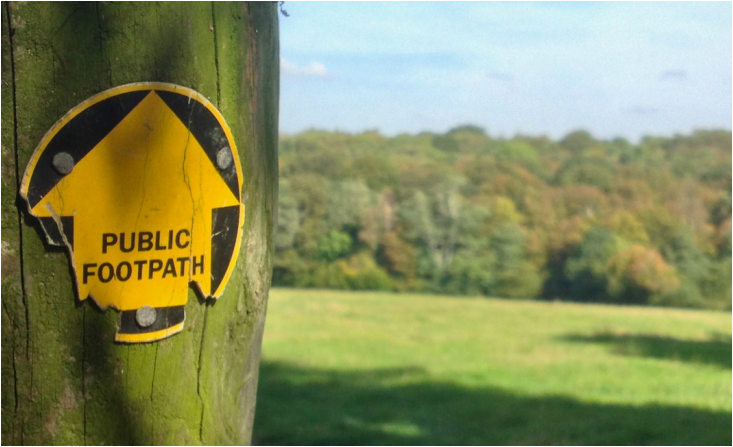
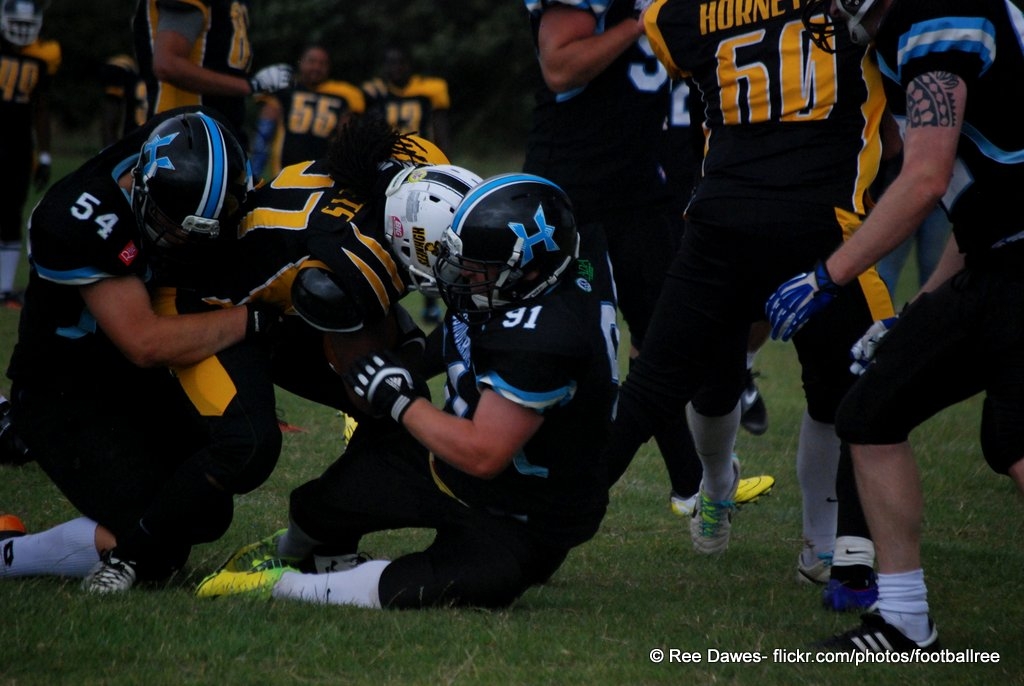
 RSS Feed
RSS Feed
